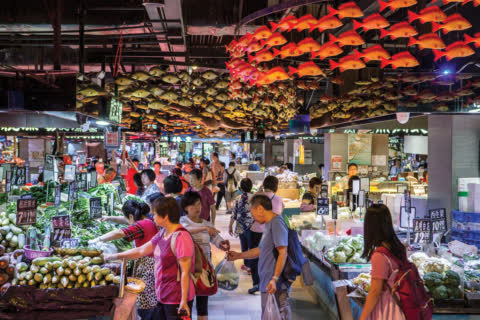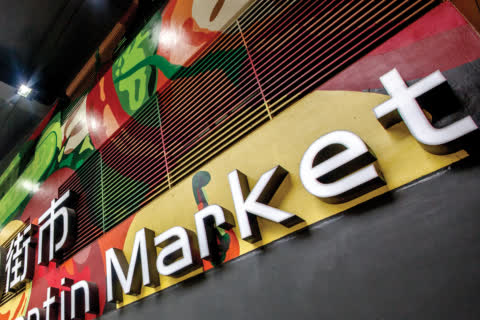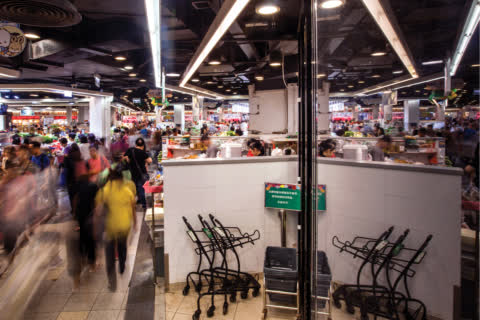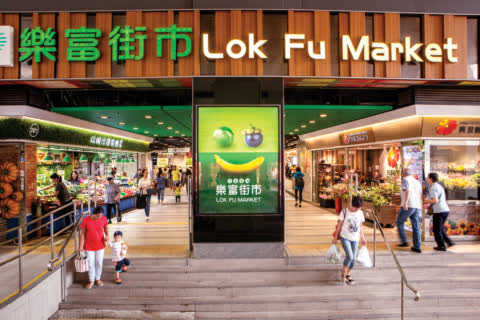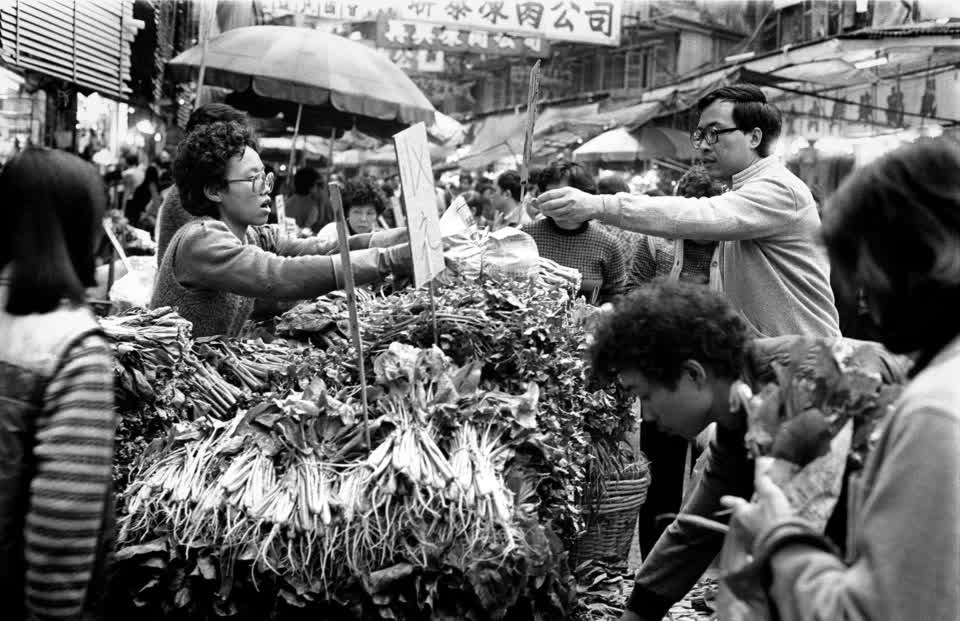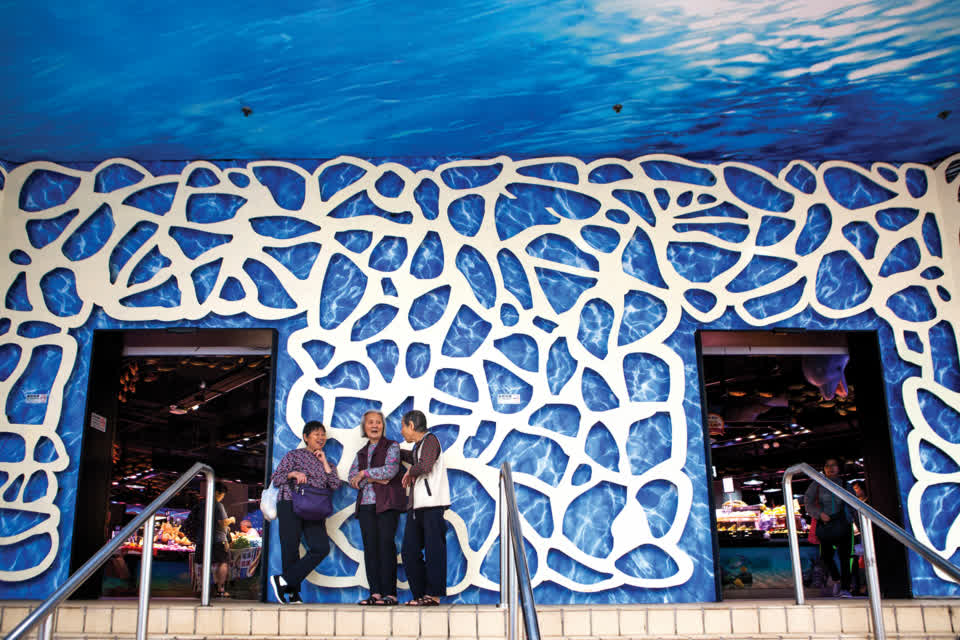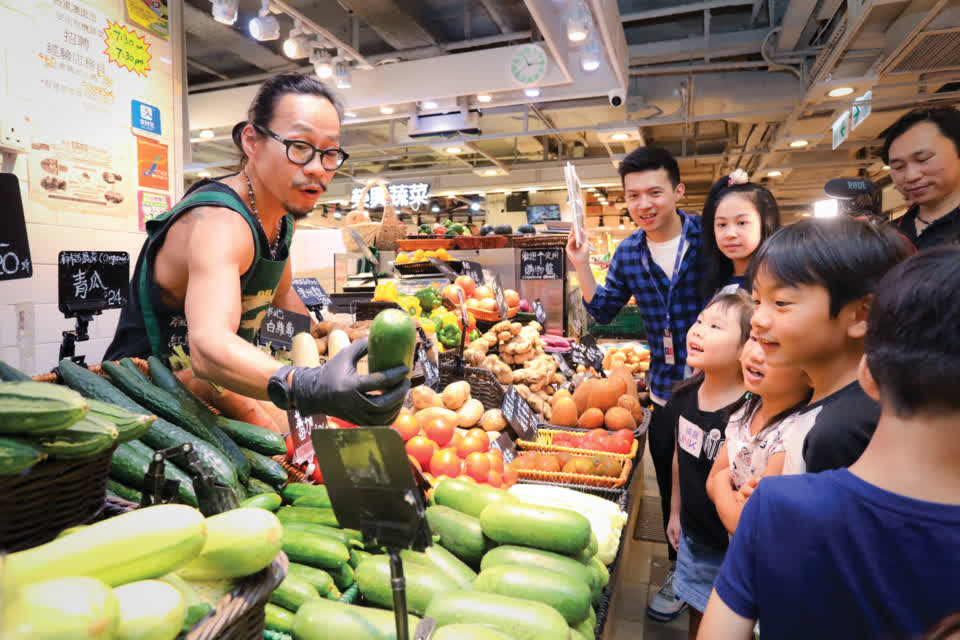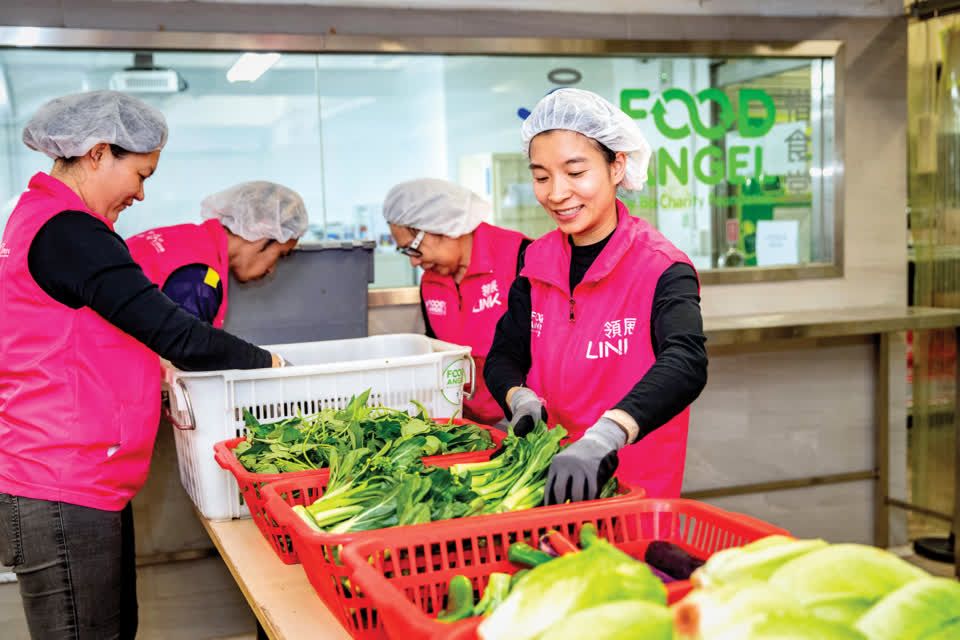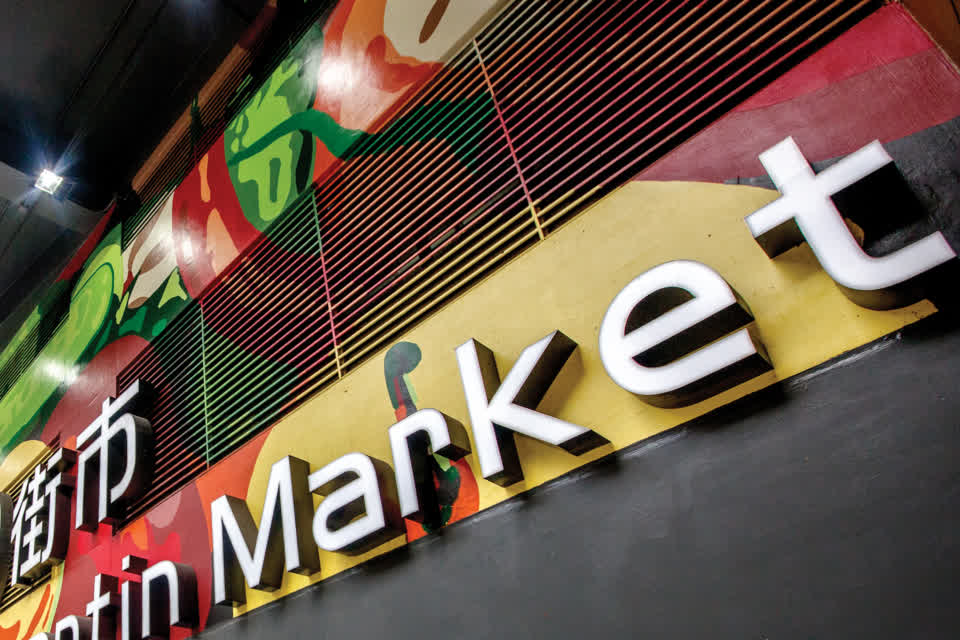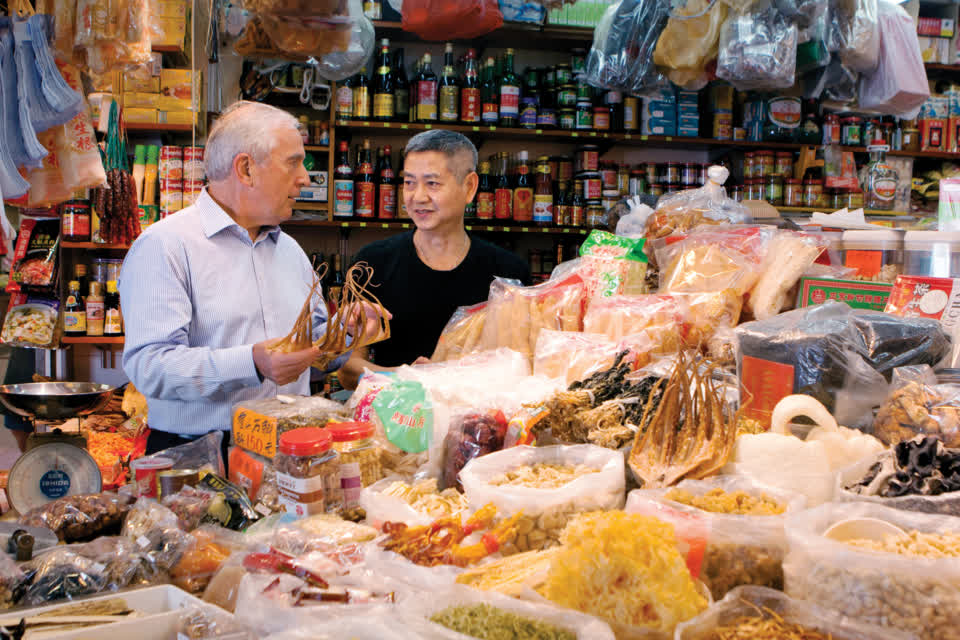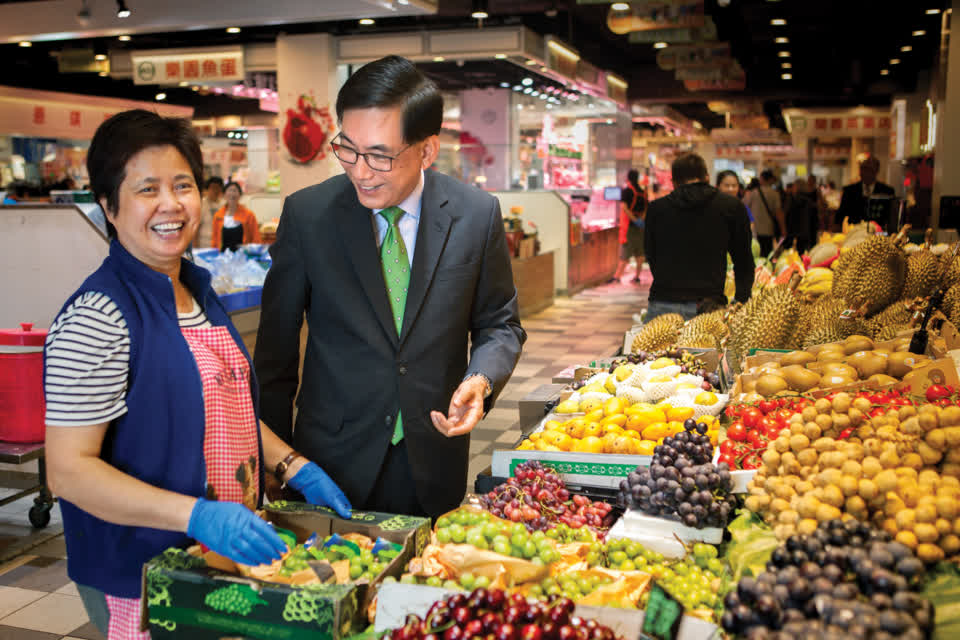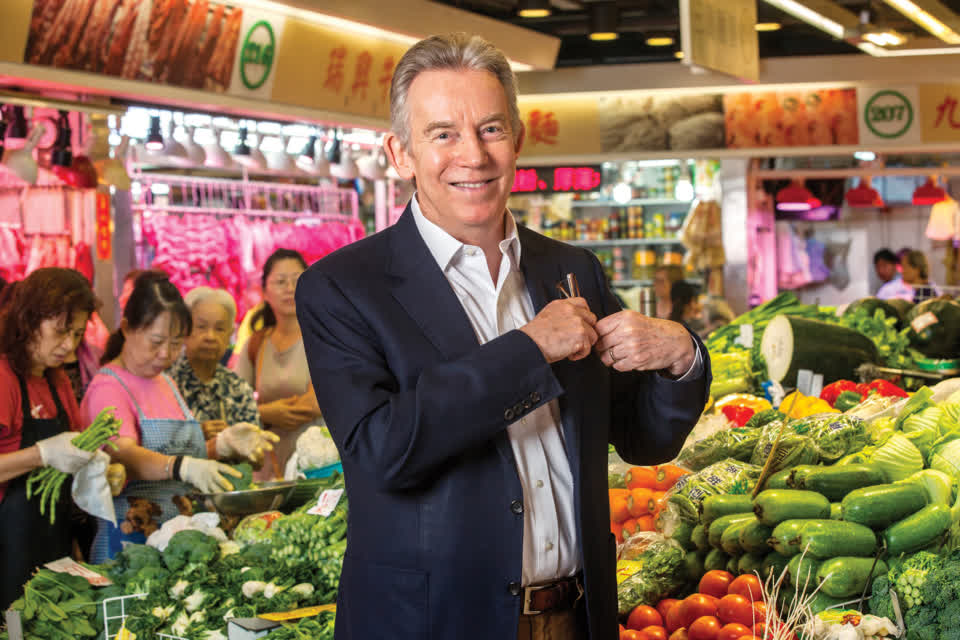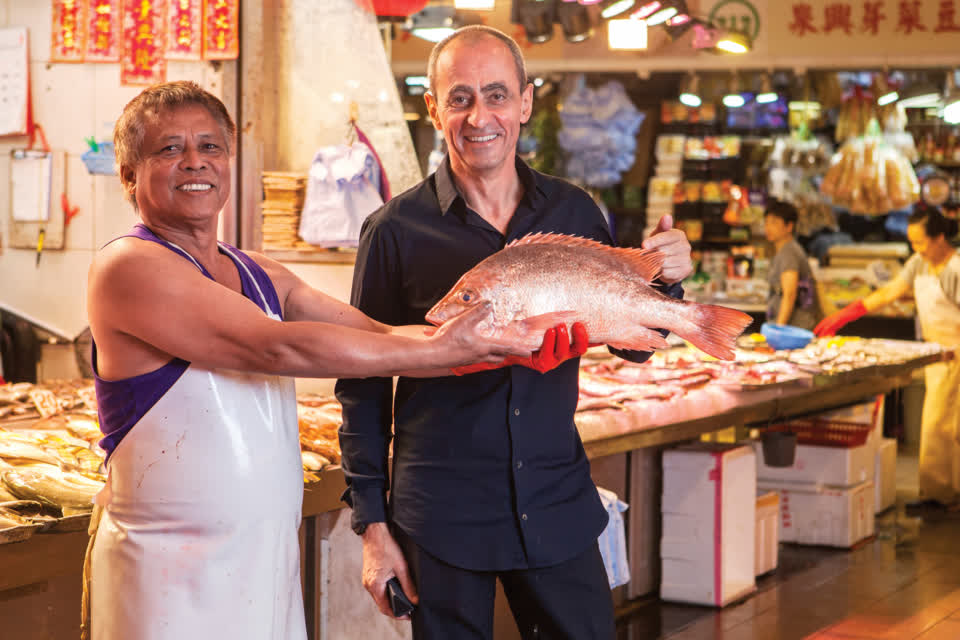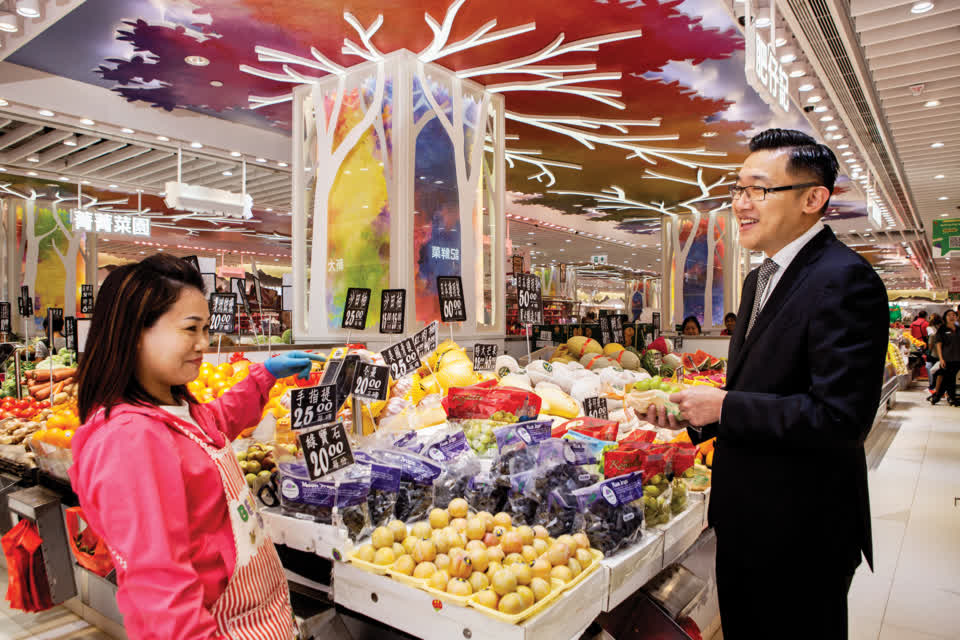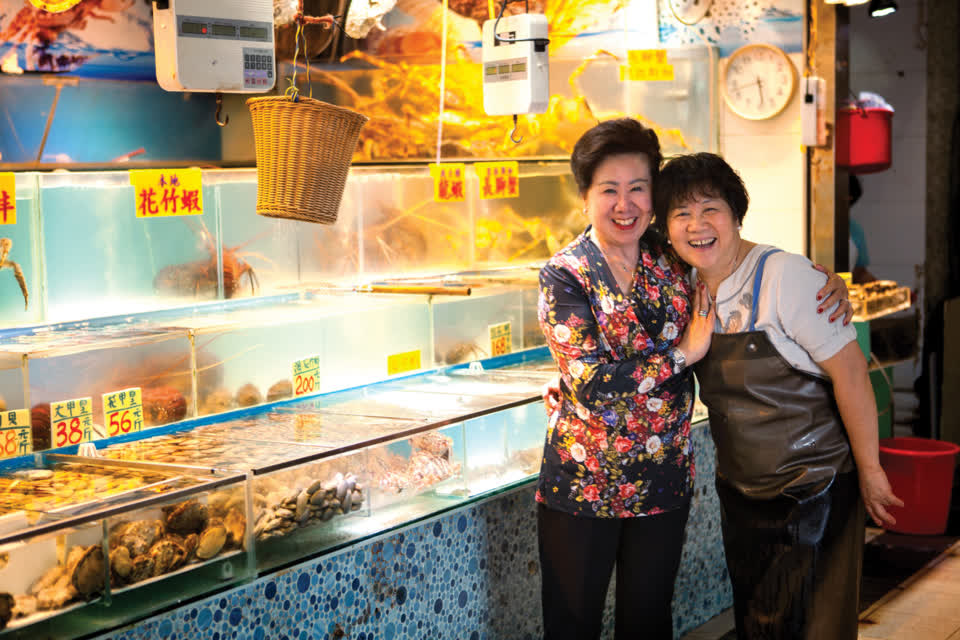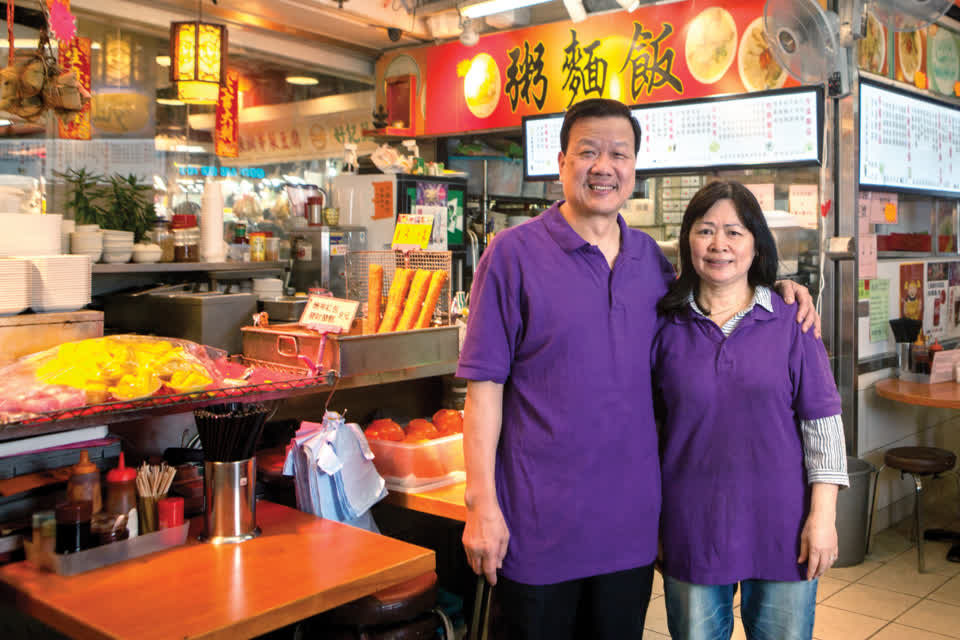As a shopper visiting the fresh market for your daily necessities, you might think that one market is run very like another. After all, each stall seems to work in a familiar way, you can find a mix of fresh foods and dry goods in each market, and they are always located in busy residential areas. But in fact, Hong Kong’s markets are managed and operated in two different ways.
Originally, some of the markets were run directly by Link – or the Hong Kong Housing Authority in the past – while others were outsourced to what were called ‘single-letting market (SLM) operators’. One operator would rent the market at a certain amount per square foot, and could then sublet all the stalls to individual traders at a different amount per square foot, and keep the margin.
Nicholas Sallnow-Smith, the former Chairman, explains how the system of leasing markets to other operators was transformed when Link was created.
“Many wet markets had been leased out by the Housing Authority to single operators for years, who would sublet to stallholders, but it had not been competitively done,” he says. “When those single operator leases matured, they were often not re-tendered. They tended to be kept with the operator with whom the Housing Authority had a relationship.”
Link had a new plan. Instead of just rolling over the leases to the same market operators each time they expired, it decided to tender them out on a competitive basis. These market operators could no longer sit back and take it easy. They would have to compete with other operators to win the lease.
“One of the key results from our new approach of tendering these market leases was the motivation it gave to the new operator to make it work,”
Sallnow-Smith says. “We got quite a lot of innovation into market operations by doing this. We were not doing it ourselves so much because at that time we didn’t really have the expertise. We preferred to outsource more of the markets to people who really knew how to do this and were competing with each other to do better.”
Some of these third-party market operators were people who had previously been stallholders in markets themselves. “They told us, ‘Okay, we understand what the customers want and how to do it right.’ Or they might have been wholesalers who said, ‘We know about food costs and all that. We are confident our new market operation is a sure win.’ So we got a competitive environment. These operators all want their markets to out-perform the others. In the subsequent rounds of letting out markets, we had more people telling us, ‘We want to try something new which is well supported by our survey.’ We triggered a period of innovation in running markets that hadn’t been done before.”
ACCELERATE RENOVATIONS
There was also a vital secondary benefit from leasing out some markets. Link had already started on its revitalisation scheme for the selected markets, testing new ideas at one or two locations before rolling the renovations out more widely. It was necessarily a gradual process of experimenting with what might work, according to Peionie Kong, who oversees Asset Management and Leasing of Link’s properties.
“For the first few years, our team was at the stage of getting to know more about our portfolio. After testing out that first market enhancement project at Tai Yuen, it was followed by Lok Fu. We learnt quite a lot of ‘dos and don’ts’ from the process. After going through a consolidation stage, we moved to the next phase of our revitalisation project about five years ago. We reviewed our strategy and decided that it may be a good idea to have more partnerships with external operators who could help to fast-track the revitalisation.”
“In the last five years we have completed more than 40 revitalisation projects”
The main objective was just to accelerate the process of renovation. These markets leased to external parties are known as single-letting markets, or SLMs.
“We were only able to do two or three fresh market renovations every year because everybody has so much learning to do. So it might have taken Link 10 years to complete 20 markets, but in partnership with the SLM operators, in the last five years, we have completed more than 40 revitalisation projects.”
Emmanuel Farcis, Link’s Head of Asset Management, was involved in the same process.
“At that time we had done two or three successful market renovations,” he recalls. “And then we were thinking: How do we by next year have 10 renewed markets, and how do we in three years’ time have 20, and so on, and there were a lot of ideas discussed. And we decided, well, we can’t do it on our own, we don’t have enough resources unless we multiply our team by two or three. And so that’s when we decided to work with more partners on single-letting markets.”

